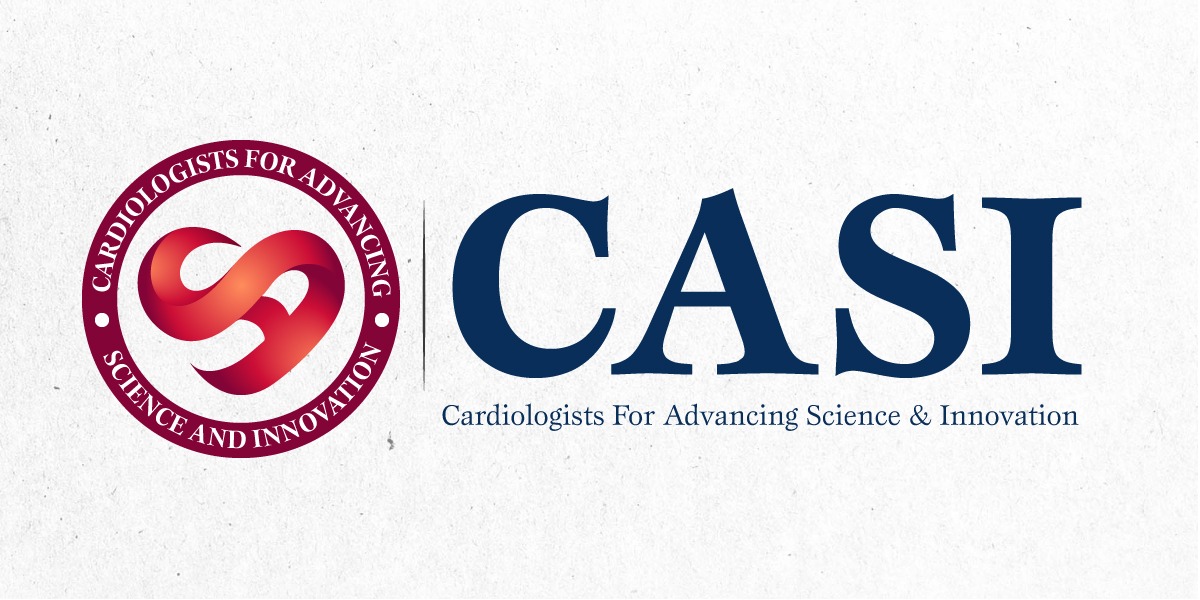Menu

Menu


Cardiopulmonary Resuscitation (CPR) is an emergency lifesaving procedure used when someone’s heart stops beating. By performing CPR immediately, you can double or even triple the chances of survival for a person experiencing cardiac arrest. Every year, over 350,000 people in the U.S. die from cardiac arrest. With your help, we can change this. Join us at CASI in the fight to reduce this number to zero.
CPR helps maintain blood flow to the brain and vital organs when the heart stops. This crucial step extends the window of opportunity for a successful resuscitation, increasing the chances that trained medical professionals can save the individual when they arrive.
CPR is a critical component of the Chain of Survival, a concept that highlights key actions to improve survival outcomes from cardiac arrest. By acting quickly, you help keep a person alive until advanced care can be provided. The Chain of Survival includes:
AEDs can dramatically increase the likelihood of survival for someone in cardiac arrest. They deliver a shock to the heart, restoring its normal rhythm. The CASI initiative supports the widespread installation and use of AEDs in public places, schools, and workplaces. Quick defibrillation is key—an AED should be deployed as soon as possible, ideally even before trained personnel arrive on scene.
While AEDs should ideally be used by someone with training, untrained individuals can still use them effectively, as most devices offer clear, spoken instructions.
There are two primary methods of CPR:
Conventional CPR (for trained individuals, including healthcare providers): This involves chest compressions and rescue breaths in a 30:2 ratio (30 chest compressions, followed by 2 rescue breaths). Chest compressions should be performed at a rate of 100 to 120 compressions per minute, with a depth of at least 2 inches (5 cm) for an average adult.
Hands-Only CPR (for untrained bystanders or the general public): If you see an adult collapse suddenly in an out-of-hospital setting (e.g., at home, at work, or in a park), compression-only CPR is recommended. This involves performing chest compressions without providing mouth-to-mouth breaths. Just push hard and fast in the center of the chest until help arrives.
High-quality CPR is essential for improving survival rates. Regardless of your level of training, anyone can provide high-quality CPR if they follow these five critical steps:
A recent study by CASI shows that gender differences may influence who receives bystander CPR. Men are more likely to receive CPR in public places, with studies indicating that 45% of men receive help compared to only 39% of women. Additionally, men have a 23% higher survival rate when bystander CPR is administered.
While both men and women are equally likely to receive CPR in a home setting, the hesitation to perform CPR on women in public places may stem from concerns about anatomy and privacy. By raising awareness and providing proper CPR training, CASI aims to close this gender gap and ensure that everyone receives the life-saving help they need, regardless of gender.
At CASI, we are committed to increasing survival rates from cardiac arrest through education, training, and advocacy. Every second counts, and by learning CPR, you can become part of the solution. Help us save lives by spreading awareness and promoting action in your community.
